
Tag: iNaturalist
indigo milk cap (Lactarius indigo)

Lactarius indigo, commonly known as the indigo milk cap, the indigo (or blue) lactarius, or the blue milk mushroom, is a species of agaric fungus in the family Russulaceae. A widely distributed species, it grows naturally in eastern North America, East Asia, and Central America; it has also been reported in southern France. L. indigo grows on the ground in both deciduous and coniferous forests, where it forms mycorrhizal associations with a broad range of
Norway maple (Acer platanoides)

Acer platanoides (Norway maple) is a species of maple native to eastern and central Europe and western Asia, from France east to Russia, north to southern Scandinavia and southeast to northern Iran. It is a member of the soapberry and lychee family.
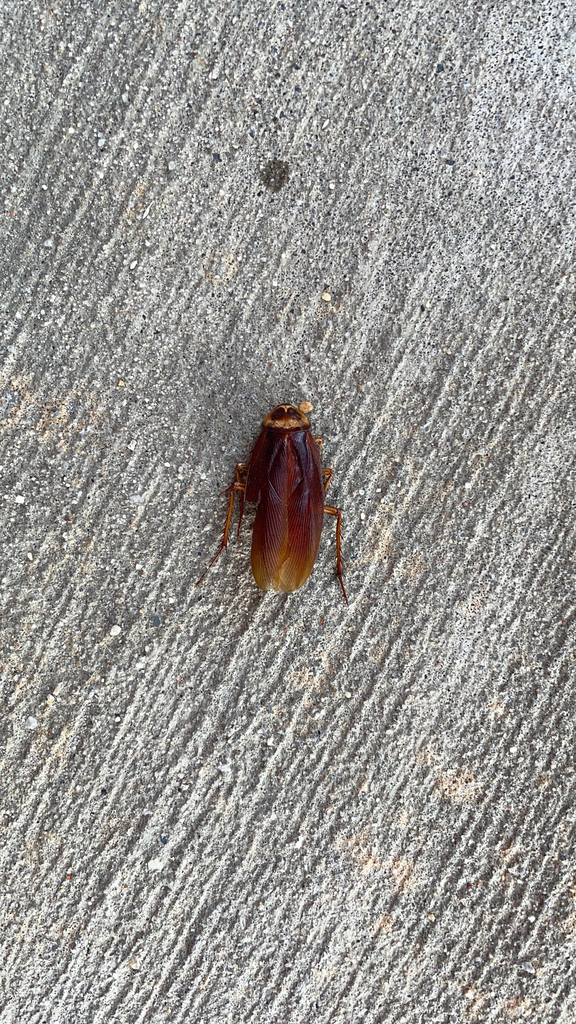
The American cockroach (Periplaneta americana), also colloquially known as the waterbug, but not a true waterbug since it is not aquatic, or misidentified as the palmetto bug (see Florida woods cockroach for the differences), is the largest species of common cockroach, and often considered a pest. It is also known as the ship cockroach, kakerlac, and Bombay canary.
Tawny Grisette (Amanita fulva)
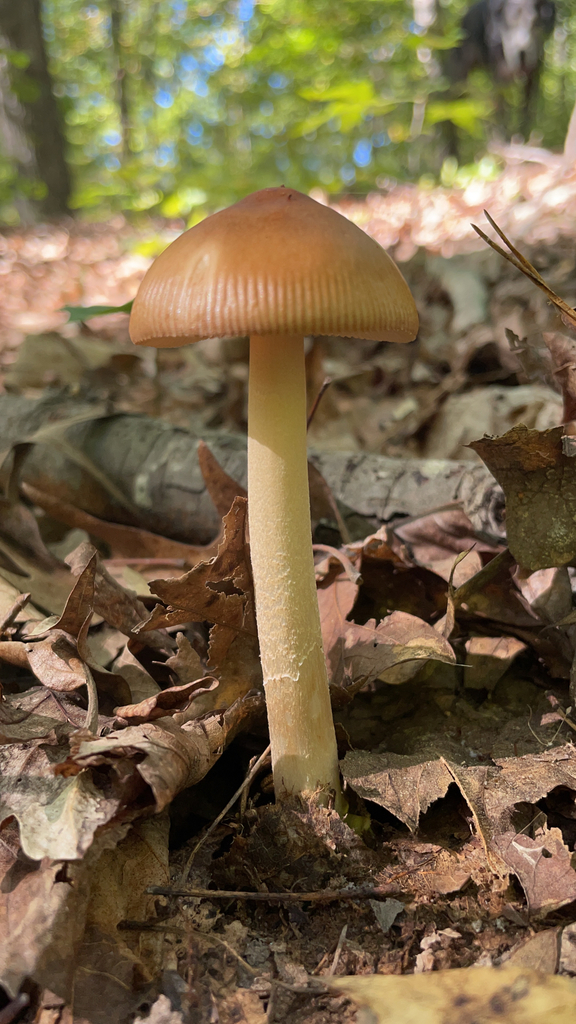
Amanita fulva, commonly called the tawny grisette, is a basidiomycete mushroom of the genus Amanita. It is found frequently in deciduous and coniferous forests of Europe, and possibly North America.
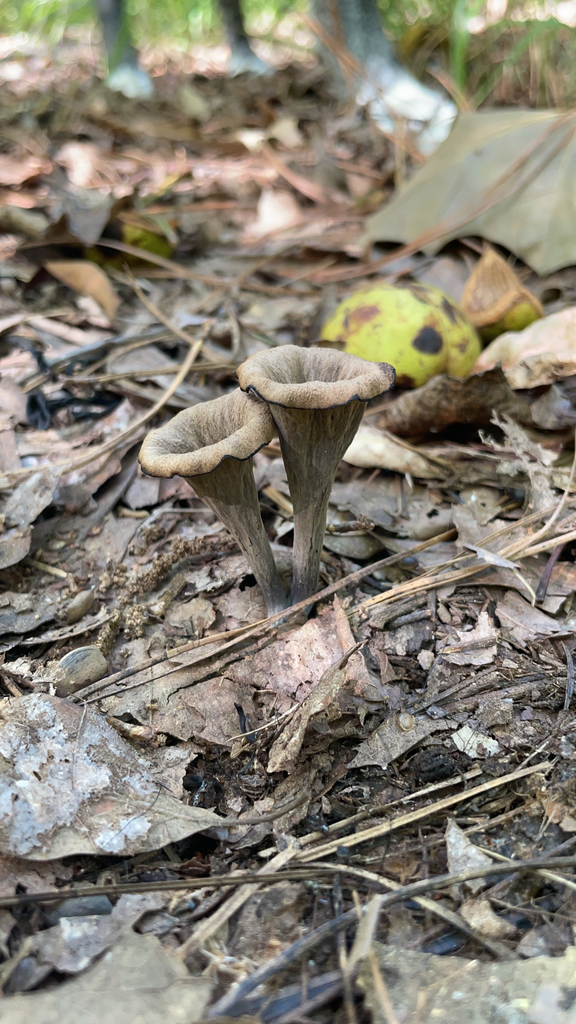
Craterellus fallax is a species of “black trumpets” that occurs in Eastern North America where it replaces the European taxon Craterellus cornucopioides. C. fallax can also be separated by its yellow-orange spore print, where Craterellus cornucopioides has a white spore print.
white snakeroot (Ageratina altissima)
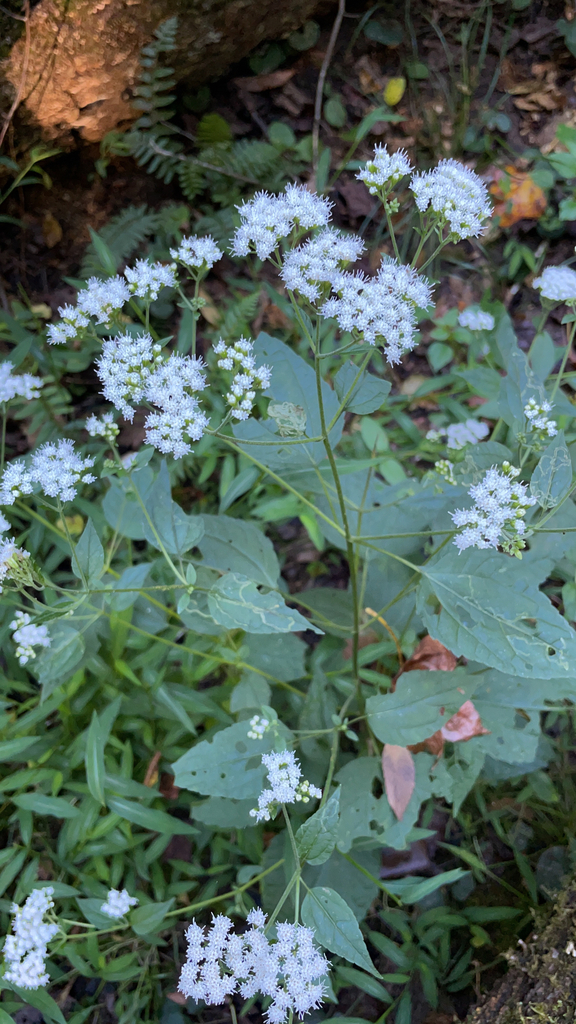
Ageratina altissima, also known as white snakeroot, richweed, white sanicle, or tall boneset, is a poisonous perennial herb in the family Asteraceae, native to eastern and central North America. An older binomial name for this species is Eupatorium rugosum, but the genus Eupatorium has undergone taxonomic revision by botanists, and a number of the species that were once included in it have been moved to other genera.
golden reishi (Ganoderma curtisii)
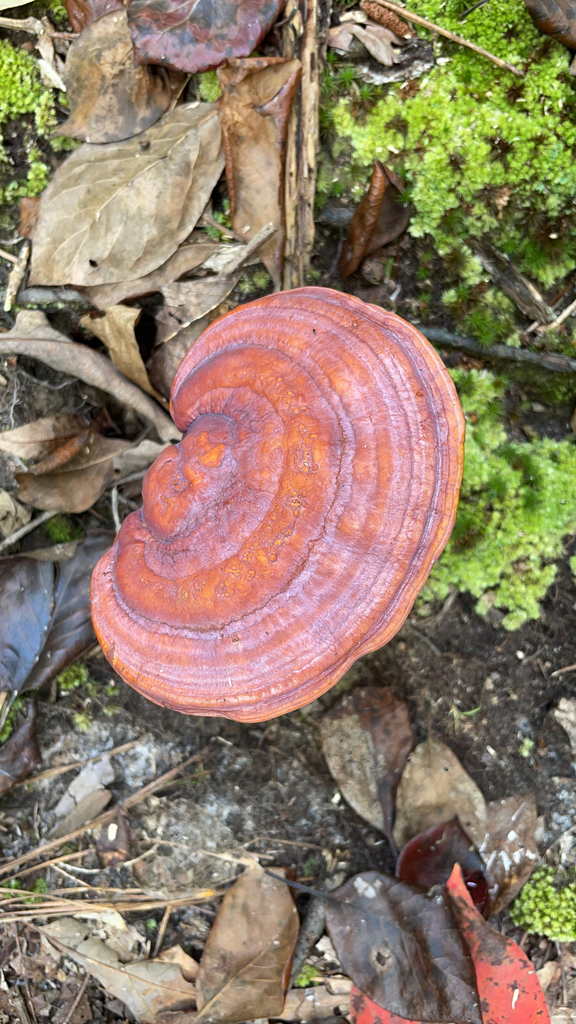
Ganoderma curtisii is a wood-decaying polypore whose distribution is primarily in the Southeastern United States. Craig and Levetin claim to have observed it in Oklahoma.
pinesap (Monotropa hypopitys)
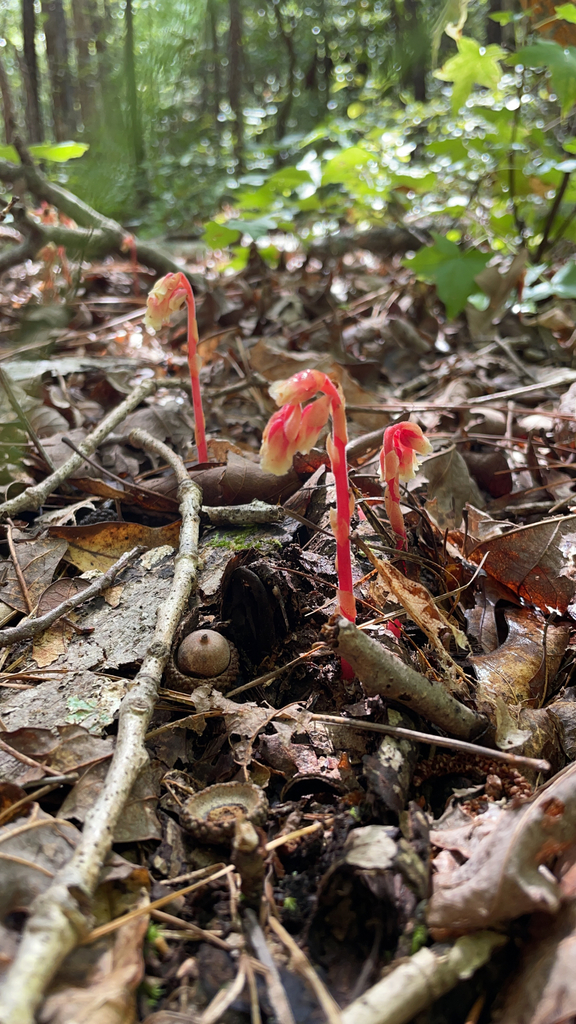
Monotropa hypopitys — called Dutchman’s pipe, false beech-drops, pinesap, or yellow bird’s-nest — is a herbaceous perennial plant, formerly classified in the families Monotropaceae or Pyrolaceae, but now included within the subfamily Monotropoideae of the blueberry family (Ericaceae). It is native to temperate regions of the Northern Hemisphere, and is scarce or rare in many areas. However, it is still the most widespread member of the subfamily. While cu

Ramaria formosa, commonly known as the beautiful clavaria, handsome clavaria, yellow-tipped- or pink coral fungus, is a coral fungus found in Asia, Europe and North America. It is widely held to be mildly poisonous if consumed, giving rise to acute gastrointestinal symptoms of nausea, vomiting, diarrhoea and colicky pain. It is a pinkish, much-branched coral-shape reaching some 20 cm (8 in) high. Some forms collected in North America often lack the bitter
Dog Vomit Slime Mold (Fuligo septica)
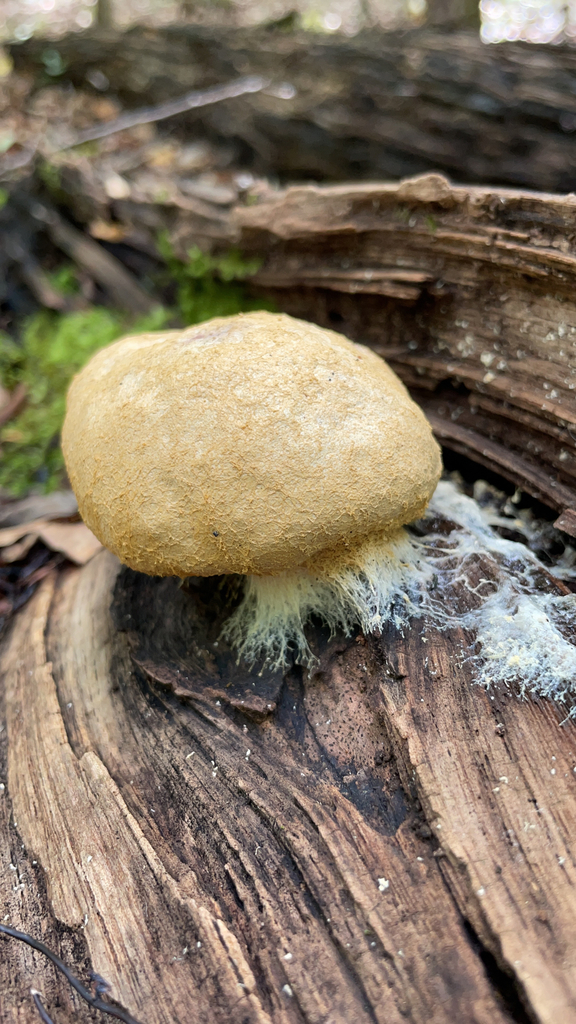
Fuligo septica is a species of plasmodial slime mold, and a member of the Myxomycetes class. It is commonly known as the scrambled egg slime, or flowers of tan because of its peculiar yellowish, bile-colored appearance. Also known as the dog vomit slime mold, it is common with a worldwide distribution, and it is often found on bark mulch in urban areas after heavy rain or excessive watering. Their spores are produced on or in aerial…
Ghost Pipes (Monotropa uniflora)
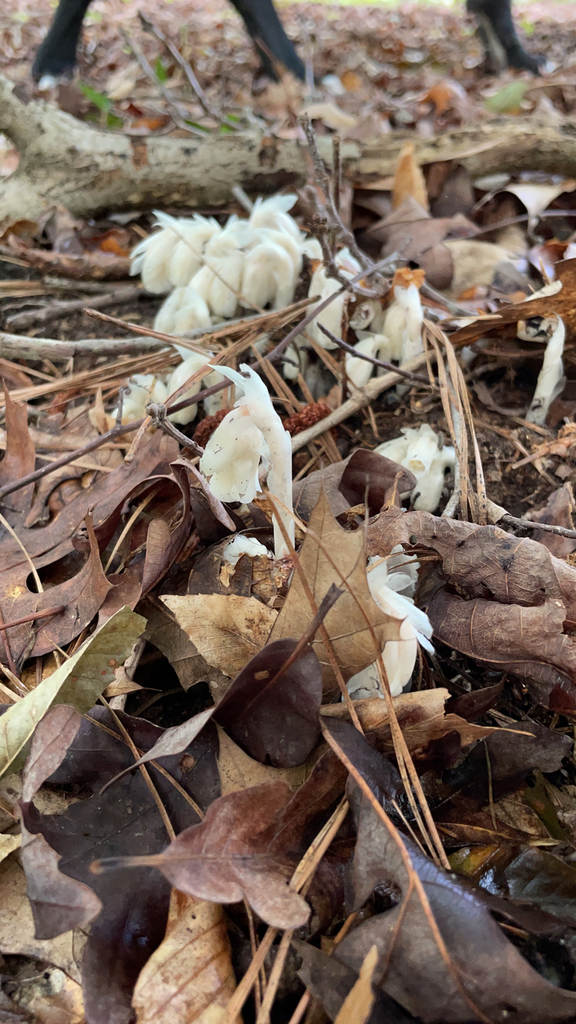
Monotropa uniflora, also known as ghost plant (or ghost pipe), Indian pipe or corpse plant, is a herbaceous perennial plant native to temperate regions of Udmurtiya in European Russia, Asia, North America and northern South America, but with large gaps between areas. It was formerly classified in the family Monotropaceae; however, it has now been included within the Ericaceae. It is generally scarce or rare in occurrence.